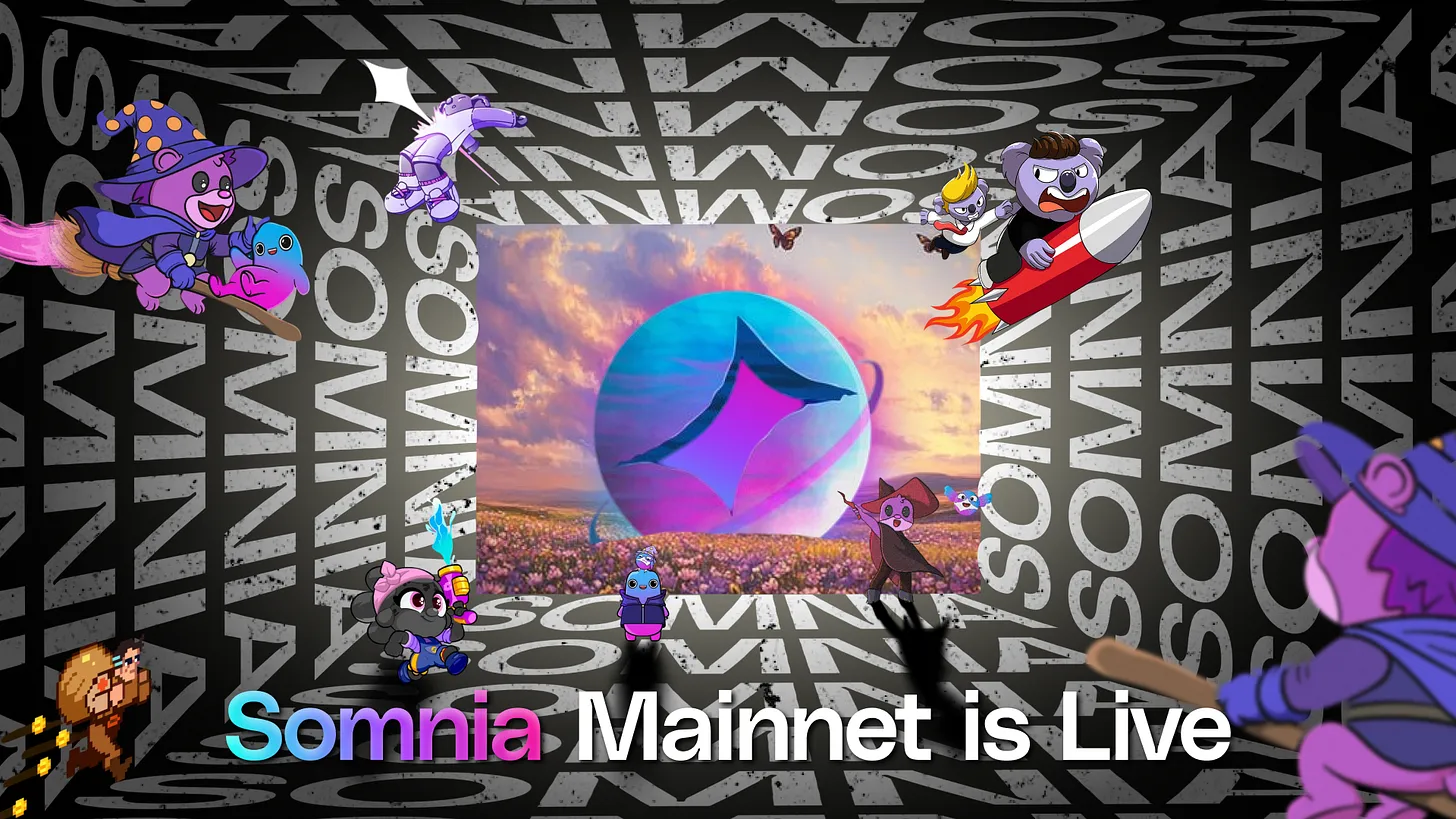
Why Parallel Execution Isn’t The Solution To Blockchain Scaling

In the race to scale blockchain performance, many chains have adopted parallel execution, which is a design where unrelated transactions can run at the same time without interference.
This concept works perfectly in cases where transactions are on different applications or contracts. But in high-density scenarios, most transactions are correlated and need to access the same data at the same time. In these situations, parallel models often run into the same congestion that we see on conventional blockchains, creating gas wars and high fees.
For example, when a popular NFT drop occurs, a high volume of users are interacting with the same contract at the same time, creating a “hot path” that cannot be easily processed in parallel models.
In decentralized exchanges (DEXs), many different tokens are traded throughout the day, but when volatility spikes for a specific pair, most trades flood into that same asset. At times of general volatility, people also rush towards stablecoins, which can create a similar rush. Here, parallel execution hits a wall because the similar transactions cause congestion.
Why Somnia Chooses Accelerated Sequential Execution
To address the limitations of parallel execution, Somnia has developed a unique approach called accelerated sequential execution. By focusing on optimizing a single core to process transactions extremely quickly, Somnia is able to avoid congestion, even when there are many similar transactions.
The benefits of this approach include:
- Consistent Performance: Since transactions are processed sequentially on a high-speed core, Somnia achieves predictable performance, even during load spikes.
- Optimized for High-Density Scenarios: Unlike parallel systems that struggle with correlated transactions, sequential execution ensures that Somnia handles high-density events without gas wars and congestion.
How Somnia Achieves High-Speed Sequential Execution
To maximize the speed of sequential execution, Somnia incorporates several technical innovations:
- Custom EVM Compilation: Somnia compiles EVM bytecode directly into native x86 instructions. Unlike interpreted bytecode that typically runs more slowly, compiled code can be executed by the CPU at near-native speeds.
- Hardware-Level Parallelism: Although Somnia doesn’t rely on software parallelism, it does leverage the hardware-level parallelism built into modern CPUs. By enabling the CPU to execute multiple instructions simultaneously, Somnia boosts the throughput of each individual transaction.
- Advanced Database and Networking: Somnia’s custom IceDB database is optimized for ultra-fast read/write speeds of 15-100 nanoseconds. Paired with networking advancements that can move 10-20x more data between nodes, Somnia ensures rapid data processing and minimizes the latency that often plagues other blockchains during peak activity.
Somnia is the perfect blockchain for developers building reactive applications like real-time games, finance dApps, or social platforms. Somnia’s architecture offers a robust foundation capable of handling real-time interactions without congestion and high fees.
Read the Somnia Litepaper to learn more about how the blockchain works, and if you’re a builder, check out our developer page to find out how to get involved with our Devnet!
Stay updated with Somnia
Twitter – Discord – Telegram – Reddit – Lightpaper – OnePager



